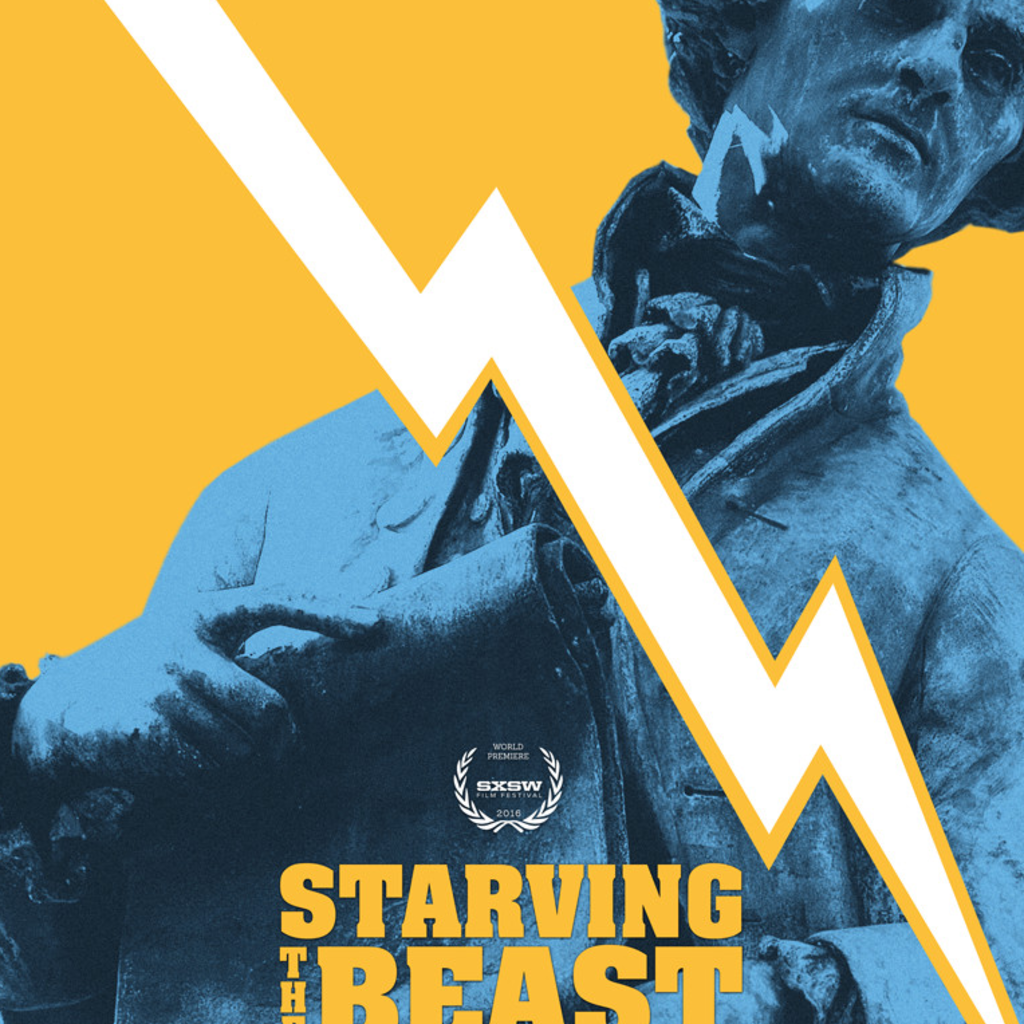Upcoming Events

2025 Virtual Dissertation Camp
Monday, June 2, 2025 9:00am to 1:00pm
The Writing Center's Dissertation Writing Camp takes place via Zoom from Tuesday May 27 to Friday June 6. Graduate students from colleges and departments across campus meet in facilitated discussion groups, write together, track their progress on blogs, meet individually with Writing Center consultants, and attend presentations on dissertation-related topics. Events include presentations from staff in the UI Libraries, the Graduate College, and Student Health about resources to support graduate...

2025 Virtual Dissertation Camp
Tuesday, June 3, 2025 9:00am to 1:00pm
The Writing Center's Dissertation Writing Camp takes place via Zoom from Tuesday May 27 to Friday June 6. Graduate students from colleges and departments across campus meet in facilitated discussion groups, write together, track their progress on blogs, meet individually with Writing Center consultants, and attend presentations on dissertation-related topics. Events include presentations from staff in the UI Libraries, the Graduate College, and Student Health about resources to support graduate...

2025 Virtual Dissertation Camp
Wednesday, June 4, 2025 9:00am to 1:00pm
The Writing Center's Dissertation Writing Camp takes place via Zoom from Tuesday May 27 to Friday June 6. Graduate students from colleges and departments across campus meet in facilitated discussion groups, write together, track their progress on blogs, meet individually with Writing Center consultants, and attend presentations on dissertation-related topics. Events include presentations from staff in the UI Libraries, the Graduate College, and Student Health about resources to support graduate...

2025 Virtual Dissertation Camp
Thursday, June 5, 2025 9:00am to 1:00pm
The Writing Center's Dissertation Writing Camp takes place via Zoom from Tuesday May 27 to Friday June 6. Graduate students from colleges and departments across campus meet in facilitated discussion groups, write together, track their progress on blogs, meet individually with Writing Center consultants, and attend presentations on dissertation-related topics. Events include presentations from staff in the UI Libraries, the Graduate College, and Student Health about resources to support graduate...
Pagination
Spacer
Upcoming Application Deadlines
Upcoming Application Deadlines
News

Sawyer Mellon Seminar Maps Cultural Exchanges Across Eurasia
International Scholars and Book Conservators Explore Premodern Texts Thousands of years before the advent of print, texts were recorded in manuscript form--written out by hand on papyrus, parchment, paper, silk, bamboo, or other materials. Scholars involved in the 2016-17 Mellon Sawyer Seminar at the University of Iowa are renewing their examination of these early texts, asking such questions...

Riverside Theatre Talkbacks - A new Obermann collaboration
How can we work more closely with the University of Iowa? How can we bring voices beyond those of the actors and directors into the conversation? These were some of the questions that Sean Lewis, the new artistic director of Riverside Theatre, and Jennifer Holan, Riverside's Executive Director, asked the Obermann Center earlier this fall. Opening Up the Talkback Model Often, a talkback...

Free screening of STARVING THE BEAST, a new documentary exploring current issues in public higher education, Oct. 17
A new documentary that examines ongoing efforts to “disrupt and reform” America’s historic public universities will be shown at 7 p.m. on Monday, Oct. 17, at at The Englert Theatre, 221 E. Washington Street, Iowa City. The film screening is free and open to the public. Starving the Beast tells the story of how public higher education has been defunded over the last three decades and makes a...

Have No Fear exhibit explores the role of Middle Eastern artists post 9/11
9/11 Unleashed Ethical Questions Like many current students, Rachel Winter (MA candidate, Religious Studies, CLAS) vividly remembers 9/11 as a pivotal moment of her early childhood. The day was already set to be a serious one, as her mother was scheduled to undergo a critical surgery at a hospital near downtown Chicago. As events unfolded on the east coast, it was unclear if other cities might...

Have No Fear - Exhibit explores the role of Middle Eastern artists post 9/11
9/11 Unleashed Ethical Questions Like many current students, Rachel Winter (MA candidate, Religious Studies) vividly remembers 9/11 as a pivotal moment of her early childhood. The day was already set to be a serious one as her mother was scheduled to undergo a critical surgery at a hospital near downtown Chicago. As events unfolded on the east coast, it was unclear if other cities might be...

Apply for Summer '17 Alternative Careers for Humanities PhD Candidates Workshop in Chicago
Angela Toscano (English) and Anu Thapa (Cinematic Arts) were selected as Humanities Without Walls Fellows for last summer's workshop. The program is part of an Andrew W. Mellon Foundation award to the Illinois Program for Research in the Humanities (IPRH) at the University of Illinois at Urbana–Champaign to fund an extensive consortium of fifteen humanities institutes in the Midwest and beyond...
Pagination







